Mountain Biking
Basic Mountain Biking Techniques
You do not need mountains to go mountain biking. Just about any off-pavement riding will reward you with fresh air, great exercise and—if hills or mountains are present—the exhilaration of scenic views and long downhill stretches.
Mountain biking does require some different skills than road cycling. This article shares basic techniques to help you get started.
Neutral Position
Perhaps the biggest key to successful mountain biking is your body position.
Mountain bike trail surfaces include rocks, roots, ruts, sand or mud. The variable terrain and the potential obstacles are all part of the fun but can be unnerving to beginners. Being in the right body position helps you get through tricky sections of trail.
There are two primary body positions: neutral and ready.
When you are riding non-technical sections of trail, you want to be in a neutral position on the bike. This keeps you rolling along efficiently and comfortably while allowing you to easily transition into the ready position for technical terrain. The neutral position includes:
- Level pedals that are evenly weighted
- A slight bend in the knees and elbows
- Index fingers on the brake levers 100% of the time (rim brakes often require 2 fingers)
- Eyes looking forward about 15 to 20 ft. ahead; look where you want to go, not where you don’t
Ready Position
When the trail gets steeper or rockier, it’s time to move into the ready position (sometimes called the attack position). The ready position gets you mentally and physically prepared to take on technical sections of trail. The ready position includes:
- Level pedals that are evenly weighted
- A deep bend in the knees and elbows (think of making chicken wings with your arms with a 90-degree bend.)
- Rear end of the seat and hips shifted back
- Your back is flat and nearly parallel to the ground
- Index fingers on the brake levers 100% of the time (rim brakes often require 2 fingers)
- Eyes forward looking about 15 to 20 ft. ahead; look where you want to go, not where you don’t
Positioning your seat properly can help you get in the correct body position for climbing and descending.
Climbing: For climbing, position your seat for maximum efficiency while pedaling. With your foot at the bottom of the pedal stroke, you should see a slight bend in the leg, reaching about 80-90 percent of full leg extension. This helps you pedal efficiently and powerfully using your major leg muscles.
Descending: When it’s time to descend, drop your seat about 2 or 3 inches from the height you set it at for climbing hills. Lowering your seat lowers your center of gravity, which gives you better control and more confidence through steep descents. You may need to experiment with different seat heights to find what feels best.
A beginner's mistake is looking at spots you want to avoid rather than focusing on where you want to go. Pick a path and stick to it to get over and around tricky sections of trail.
What hazards should you look for? That depends on your skill level. A log that will stop one cyclist may be a fun bunny hop for another. Generally, look for loose rocks, deep sand, water, wet roots, logs and other cyclists, hikers, and animals.
To find your line: scan ahead for hazards by looking about 15 – 20 ft. down the trail. Then, move your eyes back toward your tire. Doing this up-and-back action allows your eyes to take in lots of information. Knowing hazards ahead of time can help you adjust your balance and pick a line around them.
Braking seems simple: you squeeze the levers and the bike slows down. That is the gist of it, but learning more about how to brake goes a long way in making you more comfortable and secure on the bike.
How to Brake
Braking should be consistent and controlled. Most of your braking power comes from your front brake, but grabbing a handful of front brake will send you over the bars. Instead, lightly apply the brakes, and do so evenly on the front and back brakes. Avoid sudden, fast squeezes to help prevent skidding.
While braking, brace yourself by moving your hips back, dropping your heels down and keeping a slight bend in your knees and elbows. This body position helps you stay in control and from getting too far forward on the bike.
If your mountain bike has disc brakes, keep the index finger of each hand on the brake levers and your other three fingers on the handlebar grips. This gives you sufficient braking power and control while riding. If you have rim brakes, try two fingers on the brake levers since they typically require more force to engage the brakes
When to Brake
When approaching a turn, brake before you hit the turn, and then let your momentum carry you through. This allows you to focus on your technique through the turn and exit the turn with speed.
Momentum can also be your friend when getting up and over obstacles in the trail. Beginner riders often slow way down when approaching obstacles. Controlled momentum can help you get through these tricky sections of trail.
Shifting
Since most mountain biking involves at least some ups and downs, it’s good to know how to shift your gears properly. Proper shifting habits not only save wear and tear on your bike (especially your chain, front cassette and rear cogs), they enable you to power yourself more efficiently up and down hills.
Shift often: Beginning riders should practice frequent gear shifting. This builds muscle memory so you can intuitively shift up or down as needed without having to think about whether you’re shifting to an easier or more difficult gear.
Shift early: Don’t wait to shift until you’ve already started up that big hill. Always shift to the gear you will need before you hit the steep terrain. This allows you to keep a steady cycling cadence for maximum power. It also prevents awkward shifting under a load that is hard on your gears and could cause your chain to pop off.
If you have trouble finding the right gear for the terrain you’re riding, err on the side of spinning in an easier gear than mashing in a hard gear.
Another important rule is to prevent cross-chaining. This occurs when your chain is stretched awkwardly across from the small chainring in the front to the small cog in the rear, or the big chainring in the front to the big cog in the rear. This holds true for double and triple chainring setups. Cross-chaining can result in your chain popping off from the strain; it also stretches your chain over time, shortening its lifespan.
Finally, always remember to keep pedaling as you are shifting. Not pedaling as you shift can damage or break the chain.
No one likes to fall off a bike, but if you are mountain biking, it’ll probably happen at some point.
When you fall off your bike, try to keep your arms in. Your instinct may be to reach out to brace your fall, but this can result in a broken wrist or collarbone.
During a fall, most damage is limited to personal pride. Pick yourself up, dust off and check to make sure you are not injured. Then check your bike. The seat or handlebar may have twisted and the chain may have come off.
Check your brakes and gears, too, before charging on. A trailside repair or adjustment may be needed, so it is wise to carry a multi-tool and a small first-aid kit to patch any personal scrapes.
Trail Etiquette
Mountain biking is often done on trails or roads shared with other users, such as hikers and horses. Always be a courteous and responsible rider and be in control of your bike. Ride only on trails open to mountain bike use. Here are some of the most important rules:
- Always yield right-of-way to cyclists traveling uphill (in single-track, stop completely and lift the bike out of the trail).
- Slow down when approaching hikers or horses and give them a wide berth. A good approach to dealing with horses is to take direction from the horseback rider.
- Let other trail users know you’re coming — give a friendly greeting.
The beauty of mountain biking is that it is great fun all the time, come sun, rain or snow. If you want to go out and spend a few hours on the trails, there is no weather condition that can stop you. However, to ride in perfect comfort and without suffering from the weather for the whole ride, we need to focus on our choice of clothing. Of course, this must be based not only on the sky we see outside and what is expected in the next few hours, but also on our personal preferences. People tend to know their body well enough to understand whether they suffer more from cold or heat, so this is another important element to consider. In any case, there are some key guidelines to follow, especially when conditions become more extreme – in heavy rain or particularly low temperatures.
Finding yourself riding a mountain bike in cold and wet weather may not be the best, but if well protected you will (if nothing else) be able to get home having fun and without suffering the cold too much. In this situation, the ideal garment is a protective and insulating shell, which can protect us from the inhospitable environment with a waterproof membrane and an insulating layer to maintain body heat. Especially when you are very tired, you will find it harder to warm up, so special care should be taken here. State-of-the-art materials combine optimal insulation with effective water repellency, so you won't get wet from the damp weather or from sweat. Synthetic linings are also fantastically compact – a thin layer will still be highly insulating – and dry really quickly, which is a very convenient feature if you take a break in a shelter for lunch or a snack.
Moving down a step on the scale of the most difficult conditions, we come to riding in rainy weather but at milder temperatures, which with the right tires and on the right terrain can be unexpectedly good fun. In this case we don’t have the problem of cold weather, but we still want to stay as dry as possible. Waterproof membranes are simply materials covered in tiny holes that are large enough to expel the warm, moist air created by the body, but small enough not to let in water droplets.
With this type of jacket, which will be used in less severe weather, there should be ample adjustable air vents that can be opened and closed as needed, to adapt to changes in temperature or to cope with different paces when climbing and descending. As above, you need to leave enough space for protective gear. And again, the ability to fold the jacket down small is super practical.
Last but not least are the hands. For many, hands are the first part of the body to suffer in cold temperatures – especially in wet weather. Wet and cold gloves are no recipe for a comfortable ride. And comfortable hands – but really a comfortable body as a whole – is also an important safety issue because cold, stiff hands are less responsive on the handlebars and therefore less ready to react when needed. That’s why it is important to protect them with the right gloves for the conditions. For low temperatures there are specific options made of thin materials that more insulating than the classic summer glove. The fabrics are as always optimized to resist abrasion and ripping, and with a specially designed palm to ensure maximum grip on the bars.
Newer gloves often feature convenient ‘touch-screen fingertips’, which means you don't have to take them off every time you pick up your smartphone. As someone once said, there is no such thing as bad weather, only the wrong equipment. And when it comes to mountain biking, it’s truer than ever: The right gear is the key to success of any bike ride. Even so, the right choice of clothing isn’t everything, because protective gear also plays an essential role in modern mountain biking, including the helmet, upper body protectors and knee pads. You’ll only be truly free to express yourself in the saddle when you are sure you have the right level of safety.
Mountain biking training can range from high-intensity intervals on hills, to slow-paced long weekend rides, to bike commuting to work or just walking the dog. Climate Ride is not a race, so your training can be fun and casual!
No matter what intensity you’re after, your training should include a combination of cardiovascular conditioning, proper stretching and strength training. With a proper training regimen, you will gain confidence and see positive results for your personal health and fitness.
TIPS
-
A proper bike fit is very important before you start riding your bike regularly. If you have a new bike or haven’t ridden the distances you will ride on Climate Ride, consider getting a professional bike fit. A proper fit will help to prevent injuries, reduce soreness, allow for a more comfortable ride, as well as improve your efficiency and performance.
-
For long hikes, you should ensure your hiking boots fit well and are properly broken in. Start by wearing your boots around the block a few times, then gradually build up until they feel comfortable on long hikes and over consecutive days.
-
Food is fuel! This is very important to remember. Our mantra is: eat before you are hungry and drink before you are thirsty. If you stay ahead of your hunger and thirst, you will be more energized and have more fun both while training and during the event.




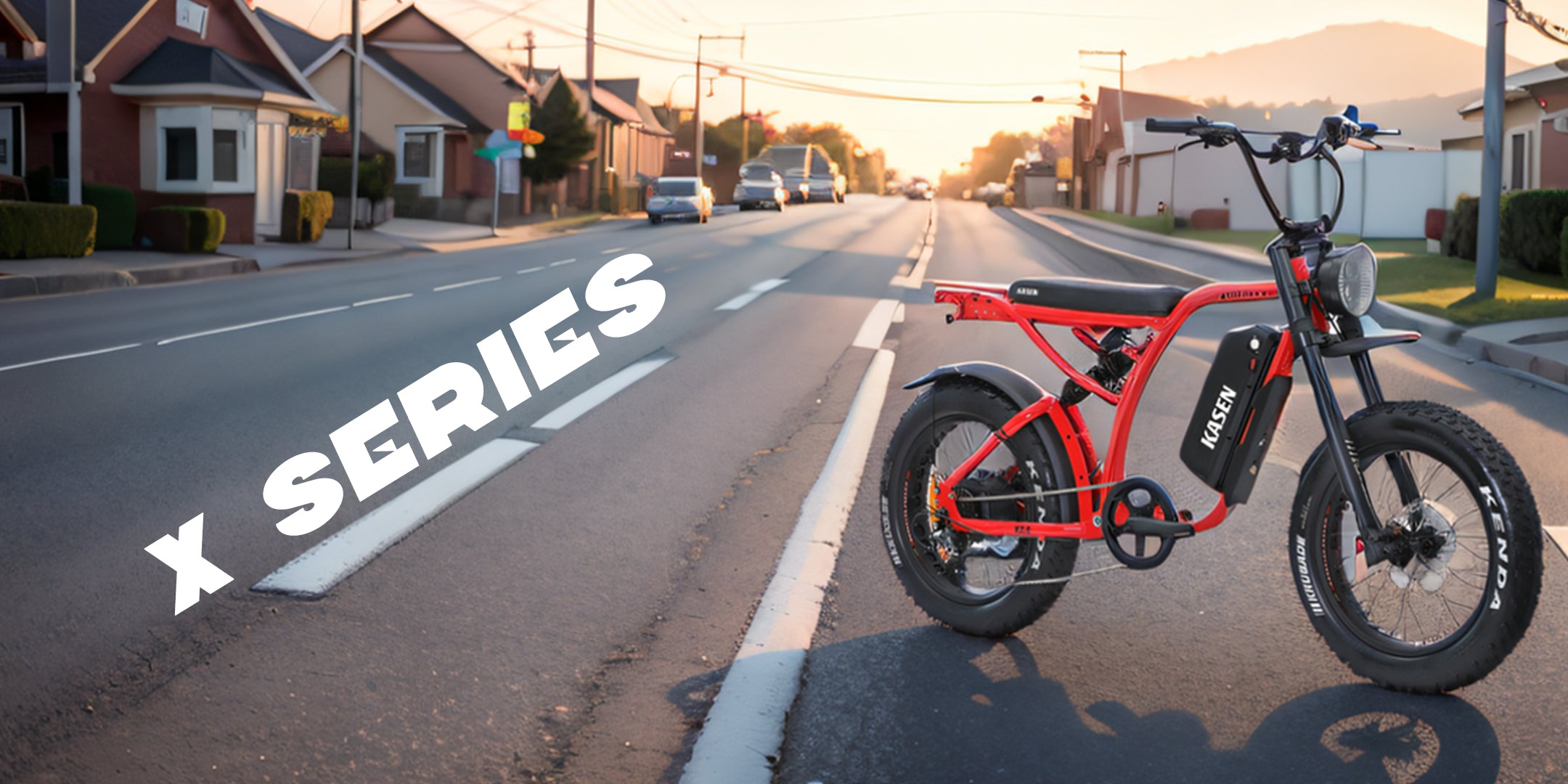
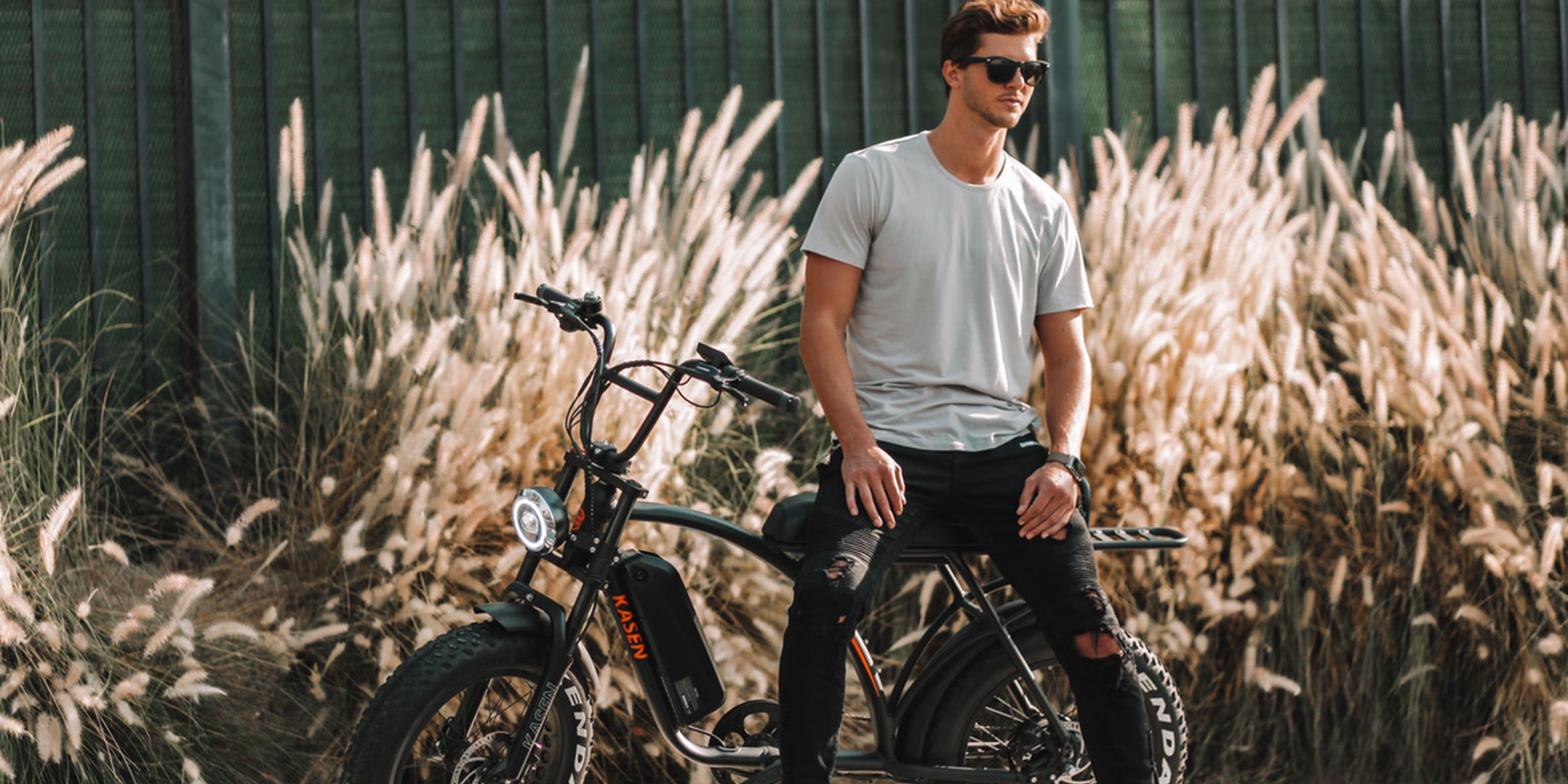
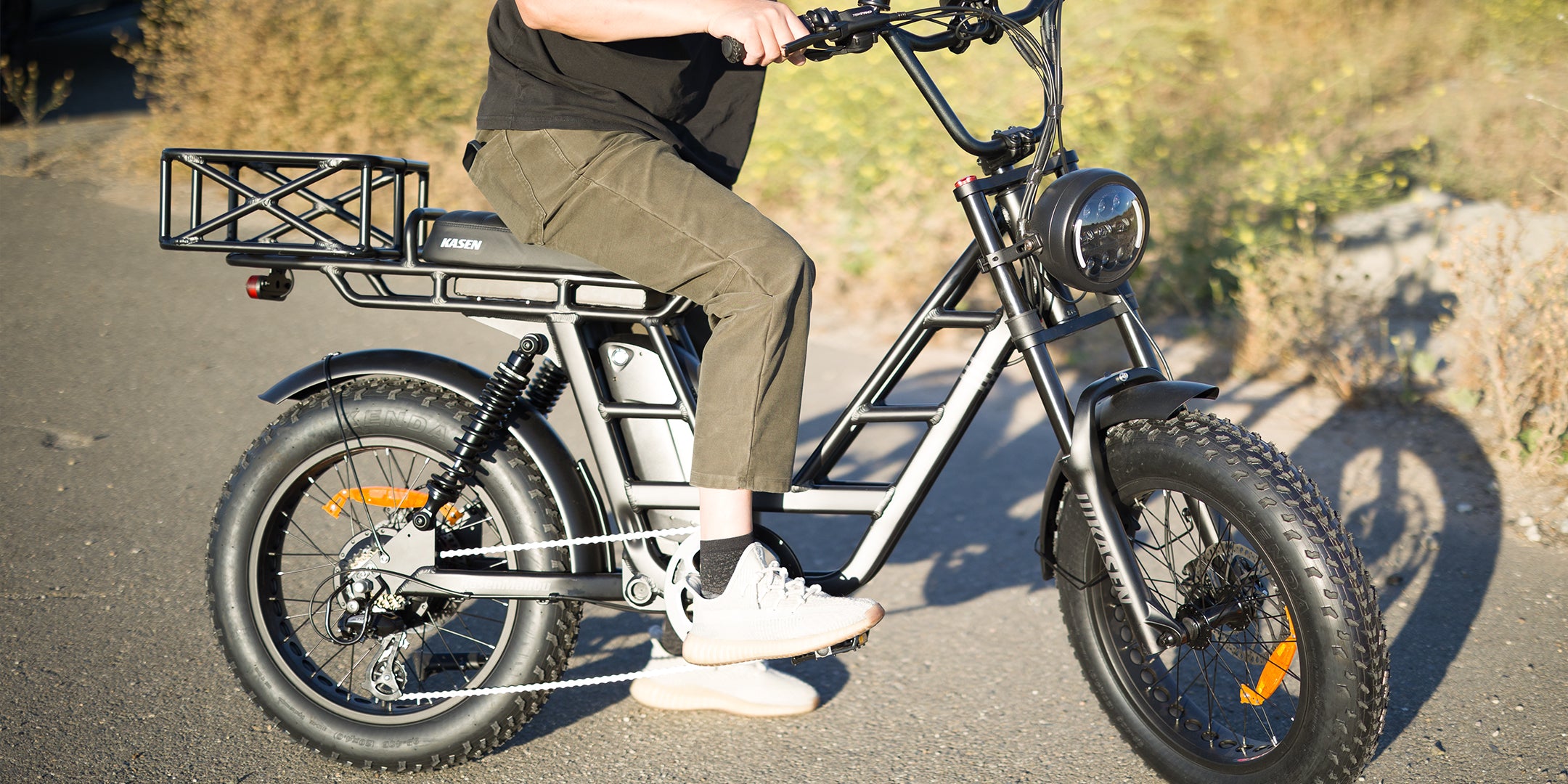
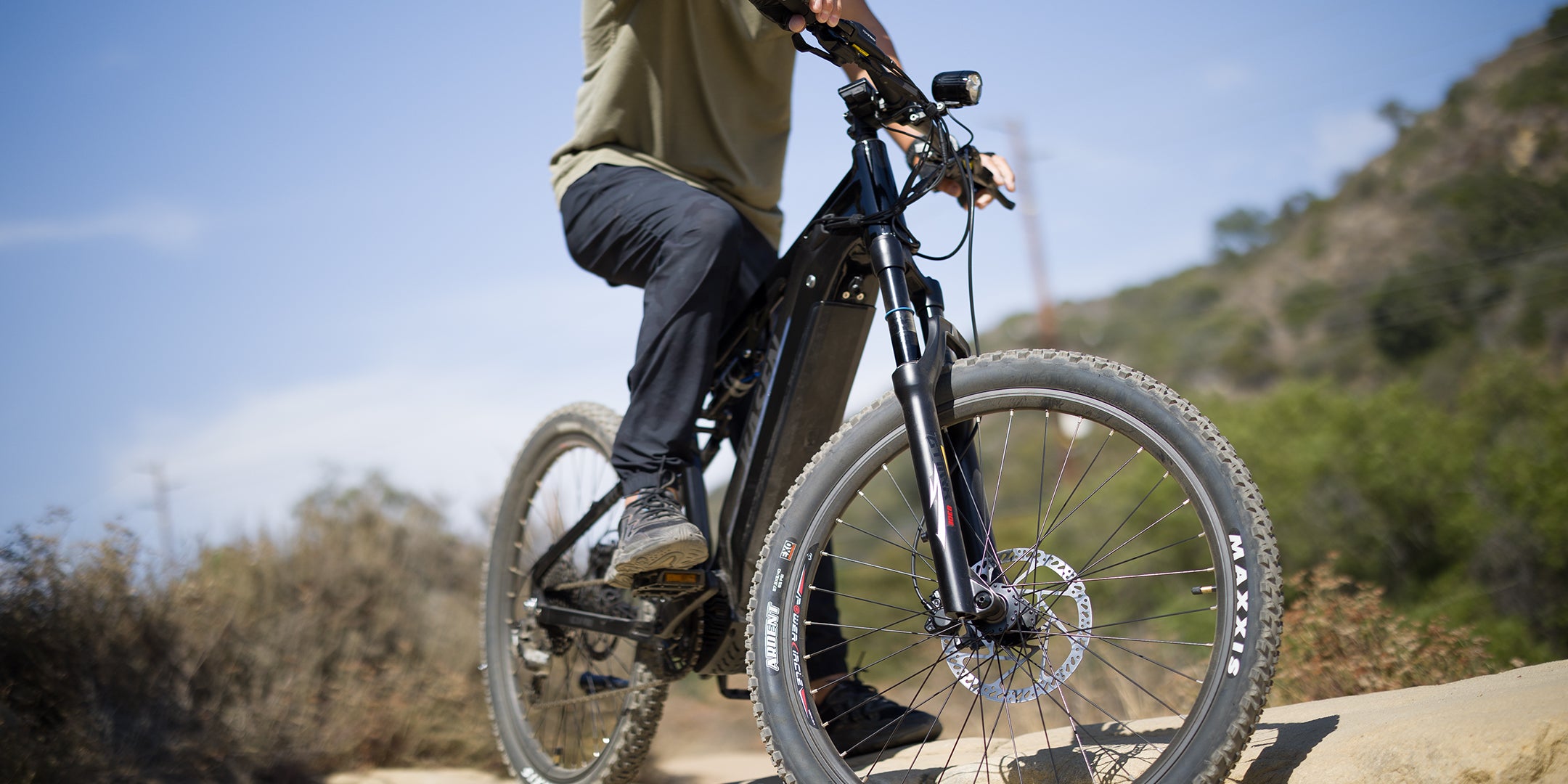
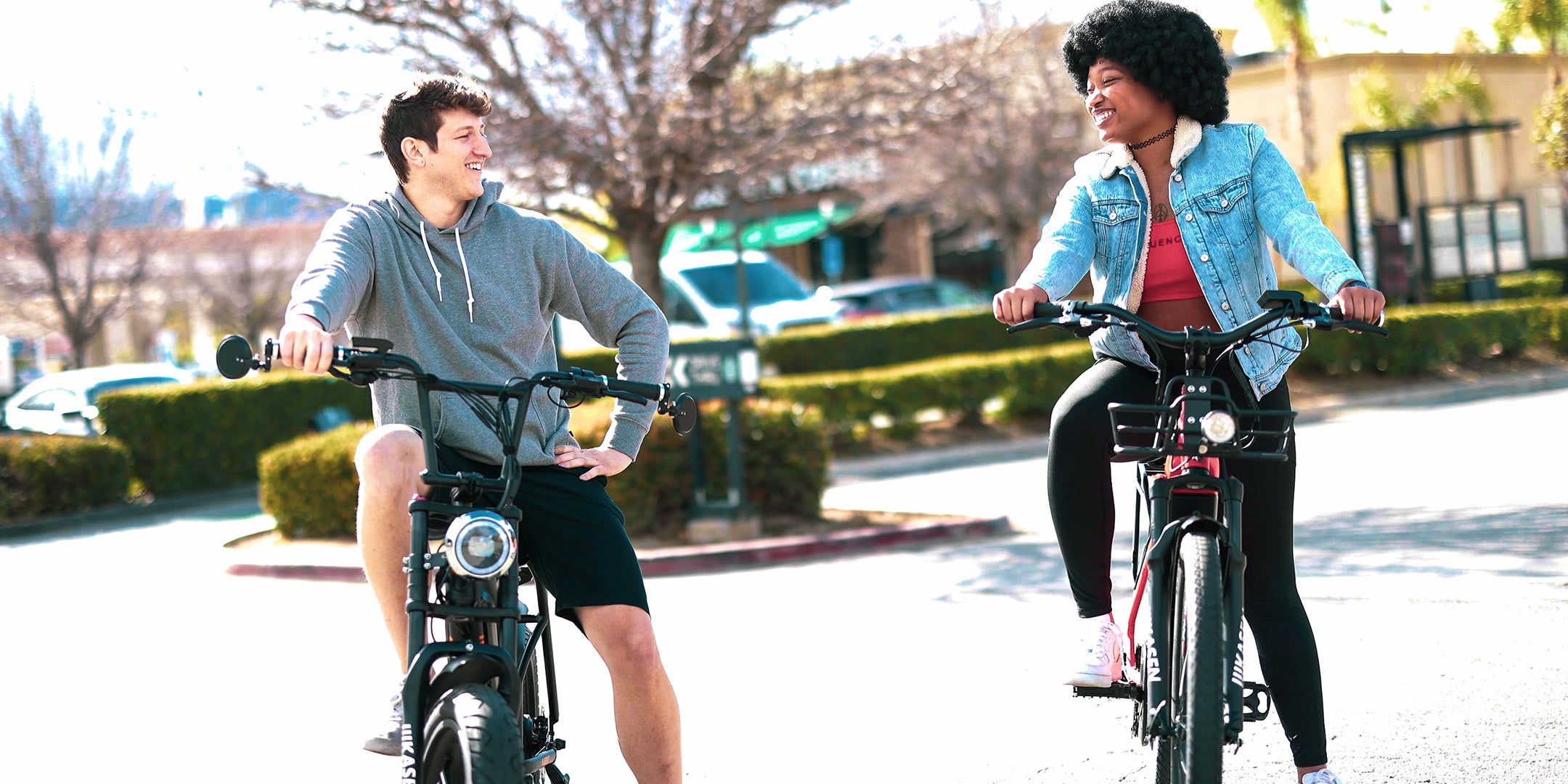
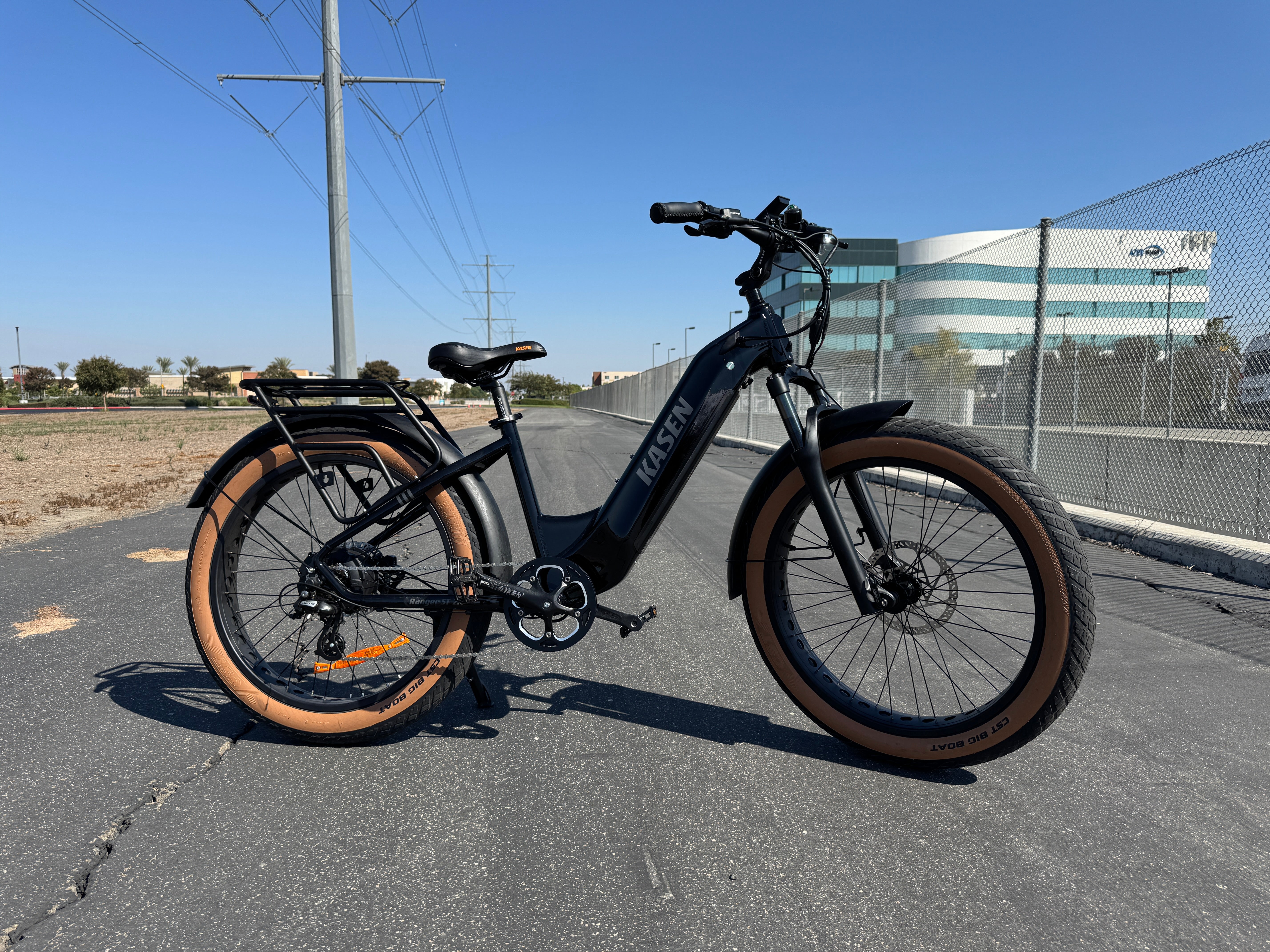
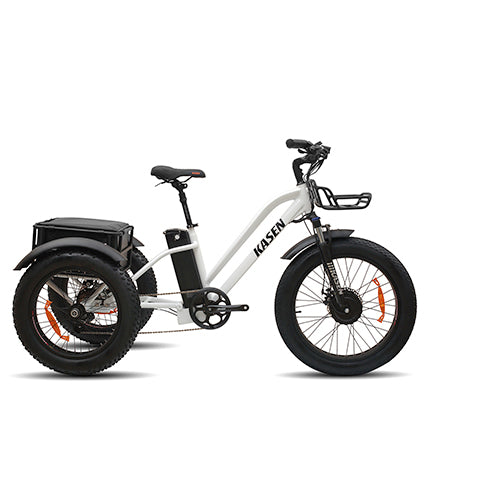

Leave a comment